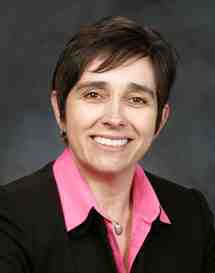MIPSE Seminar
High Energy Density Plasma Physics: An Evolving Role on the National Scene

The long-term commitment of the Department of Energy and now the National Nuclear Security Administration to the pursuit of research on inertial confinement fusion concepts and the investigation of the properties of matter in extreme environments has led to the coalescence of the discipline of high energy density plasma physics. A series of increas-ingly capable experimental facilities has been at the center of this, focused primarily on high-energy lasers and pulsed power technology. Along with dramatic advances in ex-perimental capability significant progress has been made in computational techniques to address the very complex and scientifically rich set of questions posed by the most ex-treme states of matter. This talk will discuss the evolution of the DOE/NNSA research program in this area, highlight current research endeavors and project some future direc-tions for this research area.
Dr. Kim Budil is the N Program Manager in the Global Security Principal Directorate at Lawrence Livermore National Laboratory. Prior to this assignment she was a Senior Advisor to the Under Secretary for Science at the Department of Energy. In this role she provided technical assistance on matters related to the National Nuclear Security Administration including its missions, the scientific and technical capabilities of the NNSA labs, and the relationship between the NNSA and the broader DOE. At LLNL, Dr. Budil's research includes high energy density physics, performing experiments on the Nova and Omega lasers investigating hydrodynamic instabilities, equations-of-state, and radiation transport, and computational studies of materials properties. She was the Associate B Program Leader for Science, Technology and Experiments in the Weapons and Complex Integration (WCI) Directorate at LLNL. In this role she managed the research programs supporting WCI including the Dynamic Material Properties Campaign and the Advanced Simulation and Computing Physics and Engineering Models Program.
 MENU
MENU 
